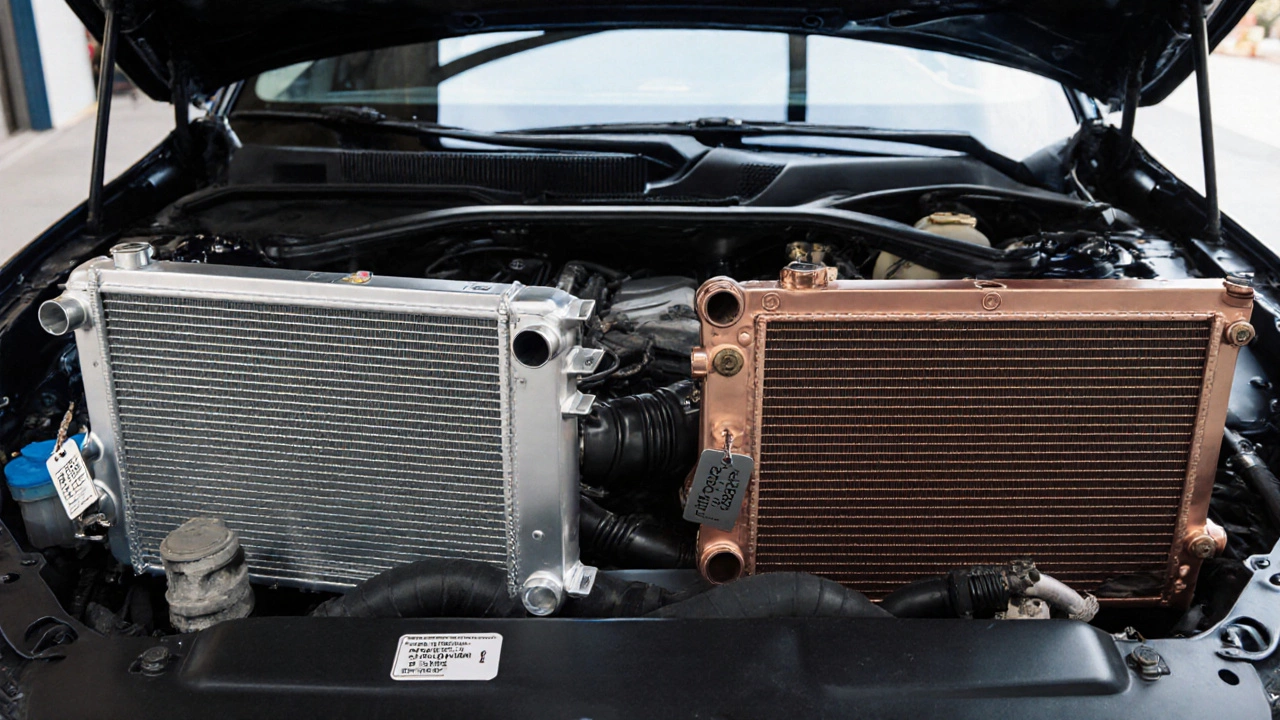Radiator Repair Cost: What You Need to Know
When budgeting for radiator repair cost, the amount you pay to fix or replace a car's radiator. Also known as radiator service price, it is shaped by several linked services. One key factor is coolant leak repair, fixing the source of fluid loss that often triggers radiator work. Another is overheating diagnosis, checking why the engine runs hot before any part is swapped. You’ll also see costs for radiator replacement, installing a brand‑new heat exchanger when the old unit can’t be salvaged, and the impact of auto repair labour, the hourly rate mechanics charge for the hands‑on work. Understanding how these pieces fit together helps you spot a fair quote and avoid hidden fees.
Key Factors That Shape the Price
First up, the type of radiator matters. An original equipment manufacturer (OEM) unit usually costs more than an aftermarket alternative, but it often matches your car’s exact specifications and lasts longer. Then there’s the extent of damage. A simple leak might be fixed with a gasket or sealant, keeping the radiator repair cost low. A cracked core, however, usually means a full swap, pushing the bill up with both parts and labour. Temperature sensors and thermostat housings are other common add‑ons; if they fail, a technician will replace them during the same visit, which adds a small surcharge. Labor rates vary by region and shop reputation. In the UK, independent garages might charge £45‑£70 per hour, while franchised dealers can hit £80‑£120. Some shops bundle the part and labor into a single price, which simplifies budgeting, but it’s worth asking for a breakdown so you know exactly what you’re paying for. Don’t forget ancillary costs like coolant refill, flushing the system, and post‑repair testing—these are essential to ensure the new radiator works correctly and to avoid future failures. Vehicle age and mileage also play a role. Older cars often have rusted brackets or worn hoses that need replacement along with the radiator. Those extra parts can add £30‑£80 to the total. Conversely, a newer model with a plastic‑wrapped radiator might require fewer supplemental parts, keeping the overall spend down. Finally, seasonal demand spikes prices; on hot summer days, shops see a surge in overheating complaints, which can push labor rates higher due to increased workload. By pinning down each of these variables—part type, damage level, labour rate, extra components, and timing—you can build a realistic estimate before the car even reaches the garage.
Now that you see how the pieces fit, the next step is to compare quotes. Ask at least three reputable garages for a written estimate that lists parts, labour, and any extra fees. Check whether the price includes a warranty; many shops offer a 12‑month guarantee on radiator work, which can save you money if a defect shows up later. If you’re handy, you might tackle minor leak repairs yourself—tightening a loose clamp or applying a radiator sealant can shave off a few pounds. Just remember that DIY fixes are best for small, non‑critical issues; a thorough overheating diagnosis is still best left to a professional. Armed with this knowledge, you’ll be ready to navigate the world of radiator repair cost with confidence. Below you’ll find a curated set of articles that dive deeper into every aspect we’ve touched on—from spotting bad radiator sounds to understanding the full price breakdown for a radiator replacement. Happy reading, and may your engine stay cool!

How Much Does a Car Radiator Cost? 2025 Guide
Oct 25 2025 / RadiatorsDiscover how much a car radiator costs in 2025, the factors that affect price, DIY vs professional options, and tips for choosing the right part.
VIEW MORE